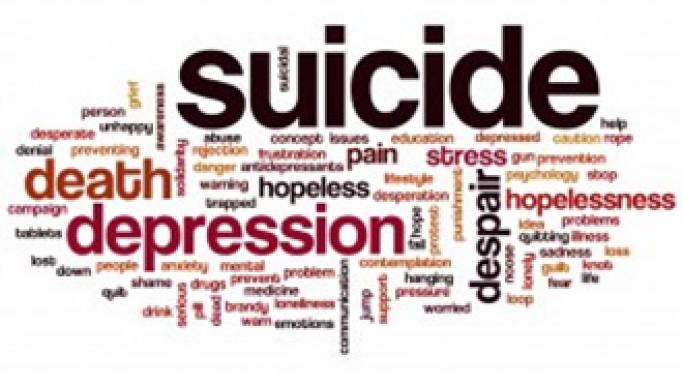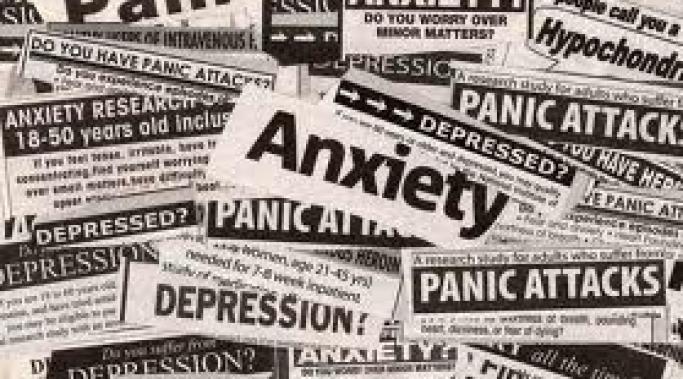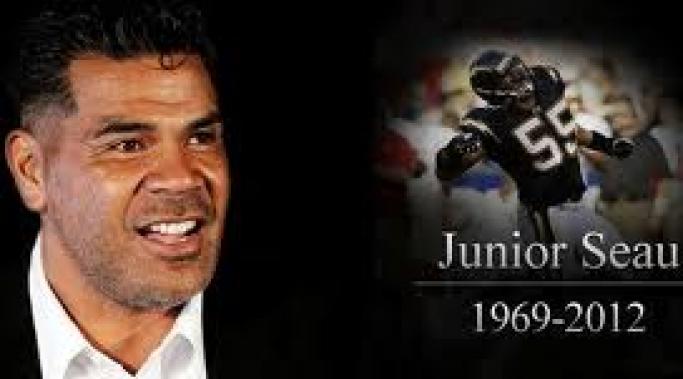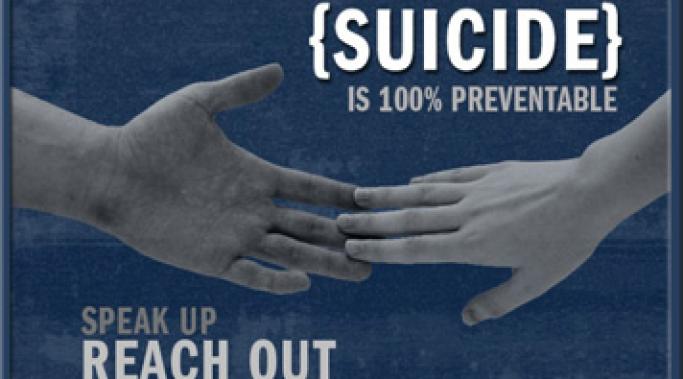In recent years, the mental health community has been working to phase out the term “commit suicide” because of the negative connotations that are attributed to it. It really came on my radar two years ago when I attended a suicide prevention walk in St. Catharine's, Ontario and spoke with Denise Waligora, who works with the Mental Health Commission of Canada. Waligora shared with me the stigma associated with the term "commit suicide" and how it was associated with crime and sinfulness (Talk About Suicide to Erase the Shame of Talking About Suicide).
Suicide Stigma
There is a stigma around suicide that says suicide is selfish. Despite all the conversations everyone has started about mental illness, despite any awareness campaigns and openness from people who have struggled, suicide is still a touchy subject (#SU4MH). It’s avoided and it’s looked down upon. Most commonly, suicide is called selfish. How can someone kill themselves and not think about the people left behind? How can someone only think of their own pain? But the idea that suicide is selfish is a product of stigma.
On Oct. 28, 2013, Justin Eldridge took his life. He left behind a wife and four children, and the never-ending question of "Why?"
He had served more than eight years serving in the United States Marines, including an eight-month stint in Afghanistan.
He was 31-years-old.
In this two-part series, I speak with former Congressman Patrick Kennedy, D-RI, about mental health stigma and the work he and others are doing, not only to combat stigma, but to bring research into brain disorders and illnesses to the forefront. Kennedy is a co-founder of One Mind for Research, a group dedicated to brain disorder research. In this interview, Kennedy speaks about mental health stigma; the role his uncle, President John F. Kennedy played in bringing about treatment to local communities, and the role of post-tramatic stress in the "astronomical" suicide rate of today's veterans.
Tomorrow morning, I get the wonderful opportunity to address the future directly.
I will be a part of The Royal’s anti-stigma project titled ‘Is It Just Me? Conversations in Mental Health’ that addresses hundreds of high school students on the topic of mental illness.
From a young age, promising athletes are instructed to show no fear, to be the toughest, fastest and most fearless competitors on the field. They are also told to never show weakness, whether it be physical or mental. And that fear of showing weakness, could be the culprit behind so many suicides and mental health issues in both professional and amateur sports.
Of course, we all want teachers to know how to explain basic math, geography and English skills to our children. But wouldn’t it be wonderful if they could also offer up some wisdom on what common psychiatric disorders consist of, and how kids can better educate themselves on how to deal with them? Both in themselves and in their classmates?
We need to stop the stigma of suicide to save lives. Otherwise, more people could buy a gun, put the barrel in their mouths and pull the trigger. Wrap a noose around their neck and push out the stool. Jump off a bridge into frigid water. Jump off of a building. Lay down on a train track. Purposefully inject themselves with a lethal dose of heroin. Take an entire bottle of certain prescription medications. There are tens of ways that people succeed at suicide every day. But how often do you hear about the awful truth? We must talk about the suicide, suicidal ideation and ways to end them to save lives.
If you are considering suicide, please call The National Suicide Prevention Line at 1-800-273-8255.
Although it may at times be difficult to find, there is psychiatric help out there. However, in order to access that help, you need to make that first step through the door. Not surprisingly, it turns out that the first step is one of the most difficult ones to make.
I'm talking about suicide, and I won't hold back. A friend of mine killed himself this week. He wrapped a noose around his neck and took his own life. I’m talking about it. And I’m not sugar-coating it. The statuses of those who knew him dominate my Facebook newsfeed, and I’m noticing that although everyone knows what happened, no one mentions it in writing. No one is openly talking about what took this young man away from us 30 or 40 years too soon (Understanding and Helping the Suicidal Person).









